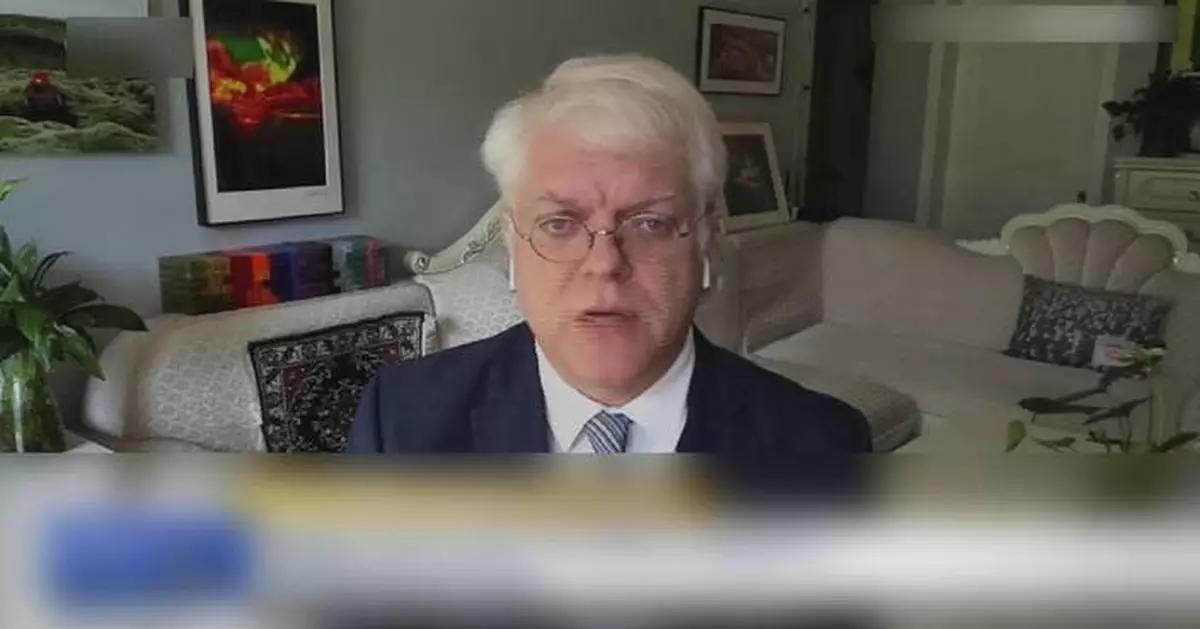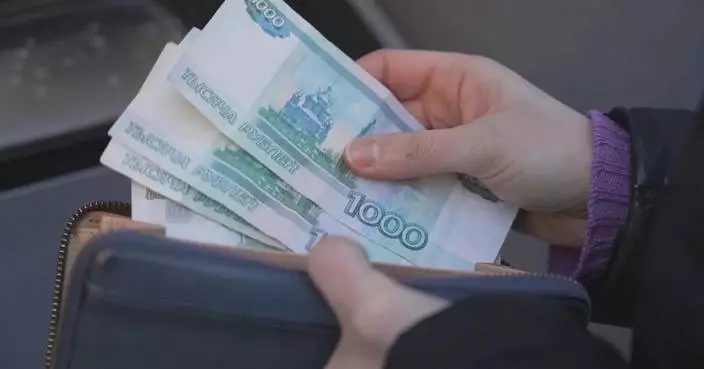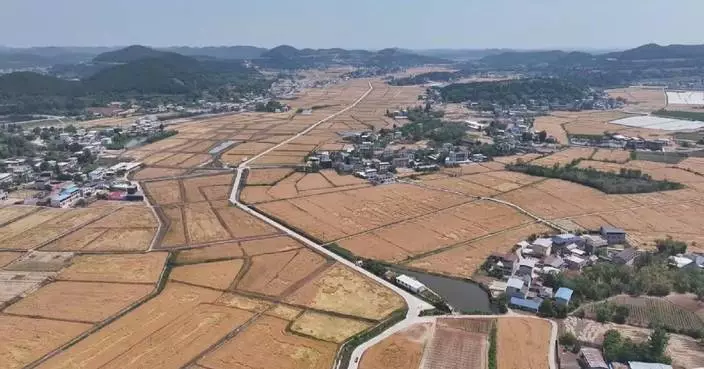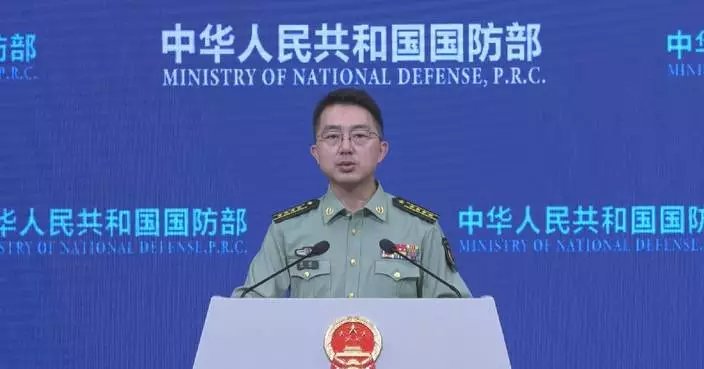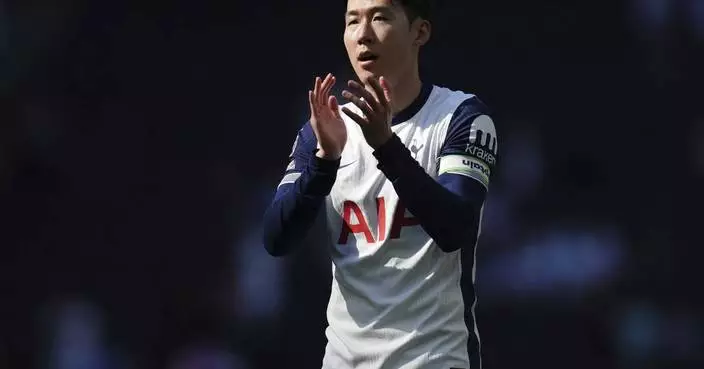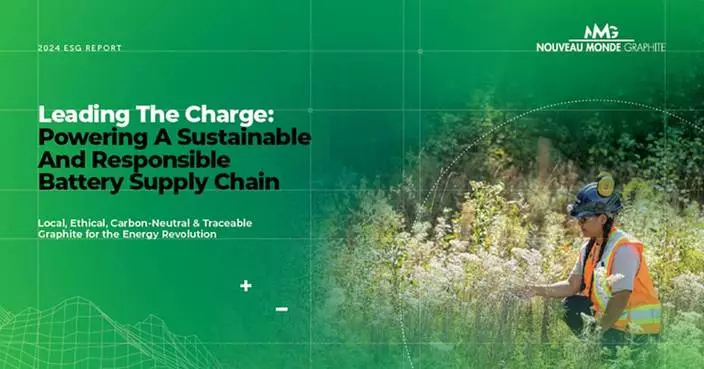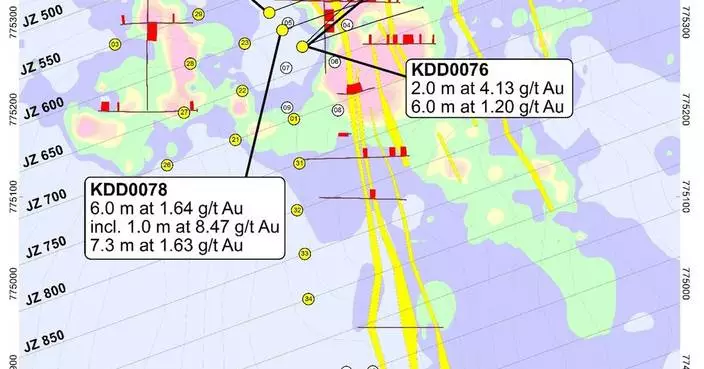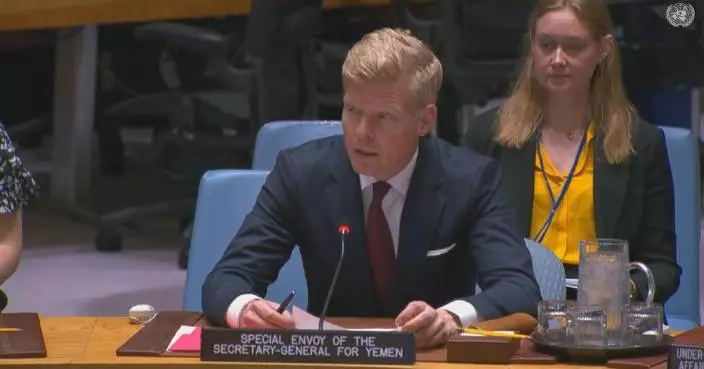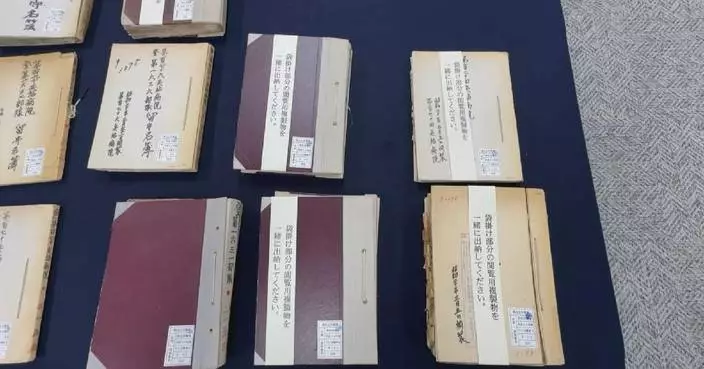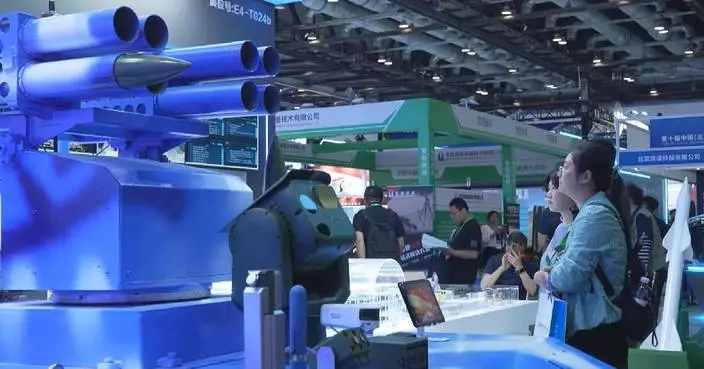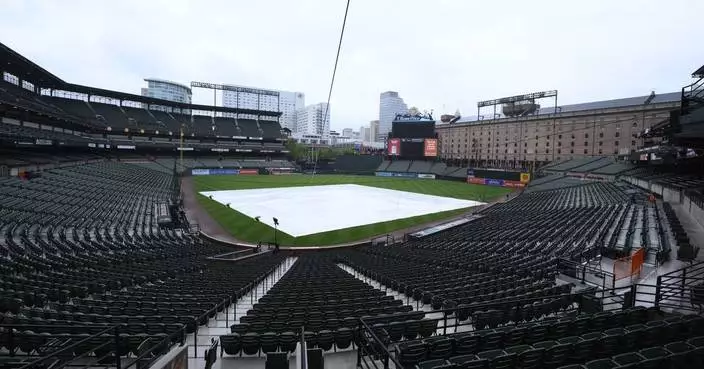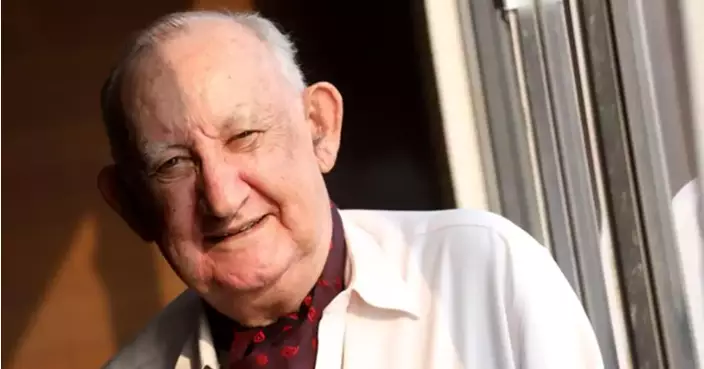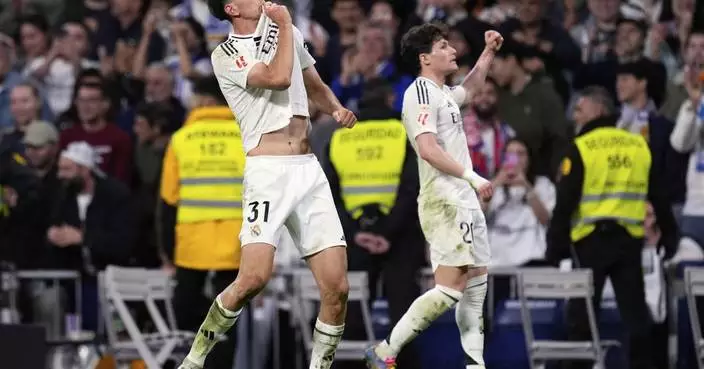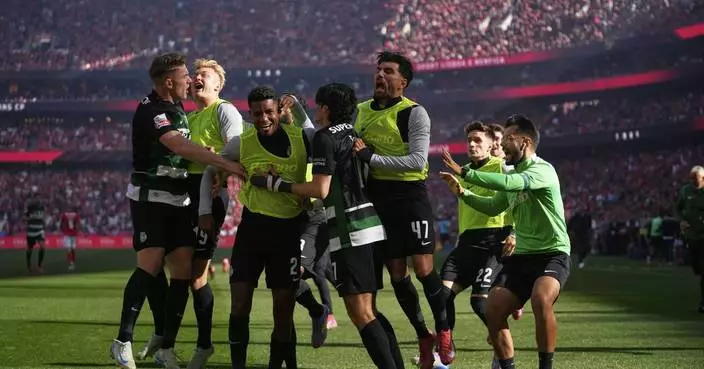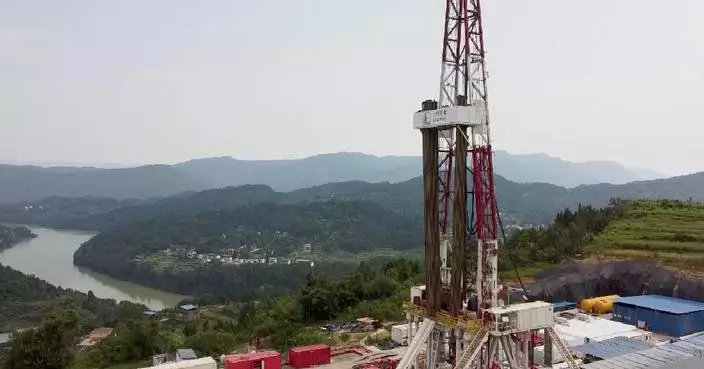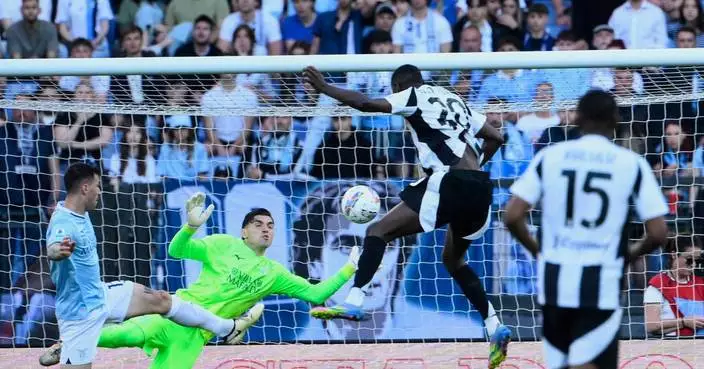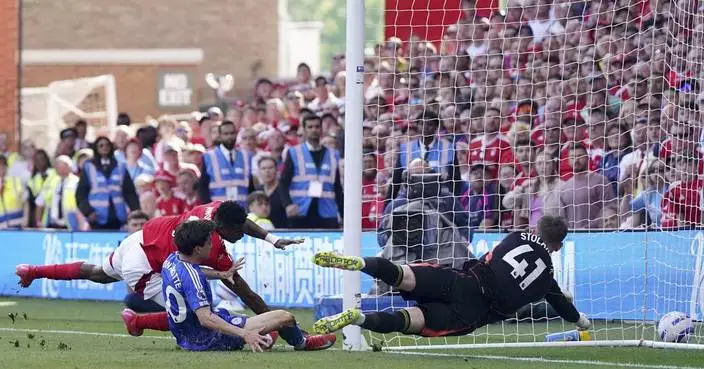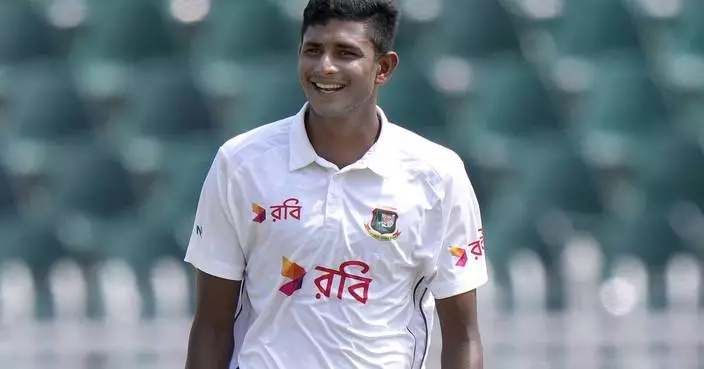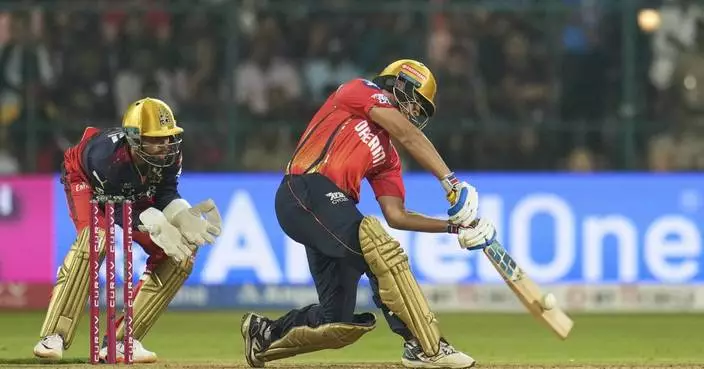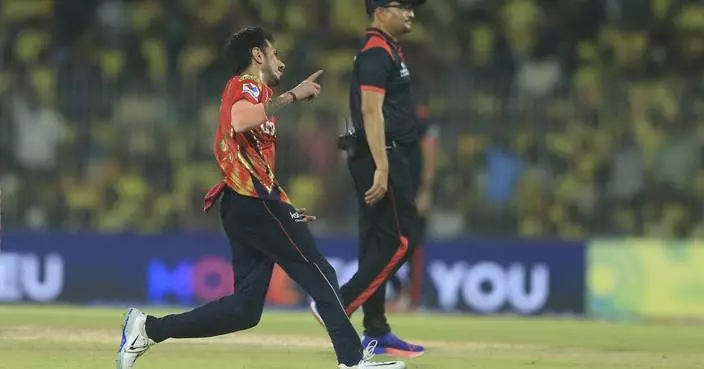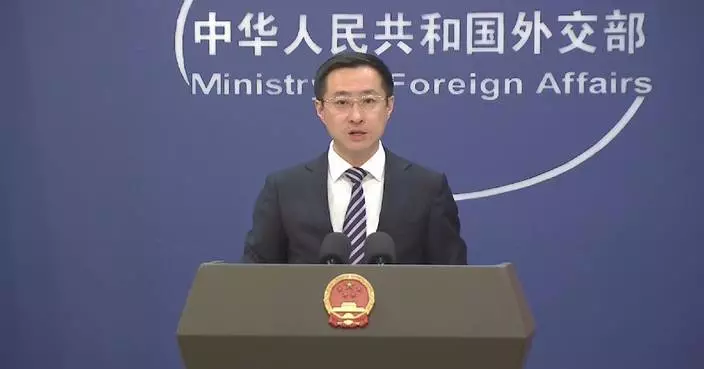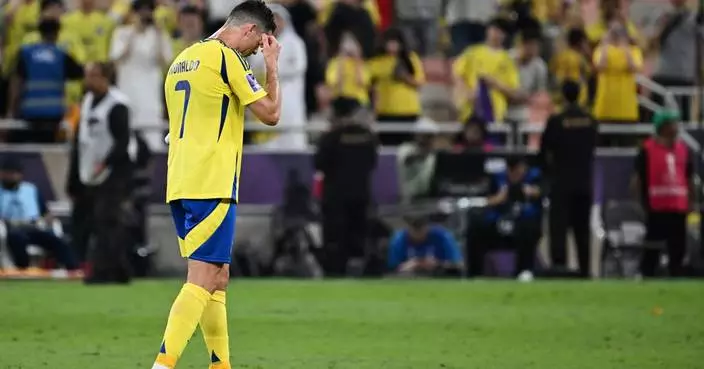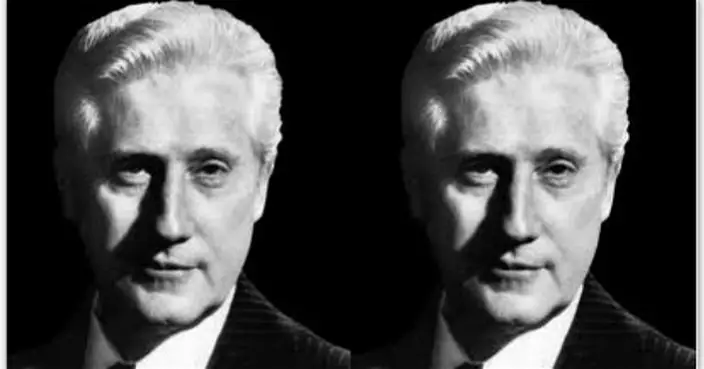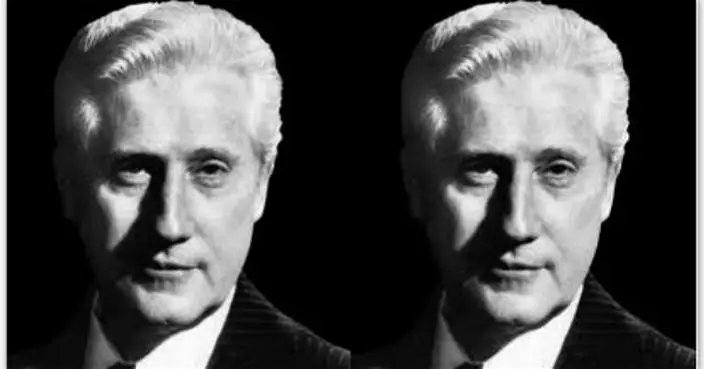U.S. Vice President Kamala Harris's decision to choose a running mate who appeals to her progressive base diverges from former President Donald Trump's approach of picking a vice presidential candidate similarly situated with him on the political spectrum, according to analysis from an international scholar at a Chinese university.
Harris, who has won enough delegate votes to secure the Democratic presidential nomination, unveiled Minnesota Governor Tim Walz as her vice-presidential running mate on Tuesday.
Walz, 60, previously served as a U.S. House representative. He was elected governor of Minnesota in 2018 and re-elected in 2022.
In a China Global Television Network (CGTN) online interview on Wednesday, Josef Gregory Mahoney, professor of politics and international relations at East China Normal University, analyzed the mainstream strategies in selecting a running mate and said Harris' decision aims at winning more support of the Democratic base rather than making up for weaknesses or wining key votes.
"There are generally three strategies one can employ when choosing a VP running mate. First, choose someone who helps you win some key electoral college votes. Second, choose someone who appeals to your base while and you can run towards the center. Or third, choose someone more or less just like you who compensates for whatever you might be missing. Trump used the last strategy when he chose Vance. As you suggest, many thought Harris might choose the first strategy. Instead, she chose the second strategy. With Tim Walz, she has a folksy midwestern progressive who should be well-liked by the Democratic base, which was crumbling with Biden. She will still be able to tout Shapiro as a possible cabinet pick and have him campaign for her," he said.
While a choice of running mate can come with an array of benefits for a presidential candidate, Mahoney stressed that every pick carries risk.
"The VP choice plays into the broader campaign strategy, but the first priority is to bring something to the table, be it votes, a regional connection, an ideological value, a style, youth if the presidential candidate is old or age and the appearance of wisdom if the candidate is young. Or to add gender or racial difference and so on. The fact is great VP picks can risk overshadowing their running mates, as happened when Dukakis chose Bentsen in 1988. And terrible ones can undermine the credibility of the campaign, as happened when McCain chose Palin in 2008. So, there is an odd balancing act. But what's interesting is that VP candidates are in the mix because they have the own ambition and ego, but they have to subordinate this to such an extent that they often become caricatures," said the scholar.
"A good VP will be an effective proxy, instill confidence that he or she will be a good replacement should the president die or become incapacitated, be a good debater, and amplify those aspects of the campaign that the presidential candidate supports, but can't afford to over-emphasize. He or she will also able to leverage some fund-raising support and provide some political advice wisdom while shouldering a lot of the campaigning, letting the presidential candidate rest a bit or attend to other matters or parts of the campaign," he said.
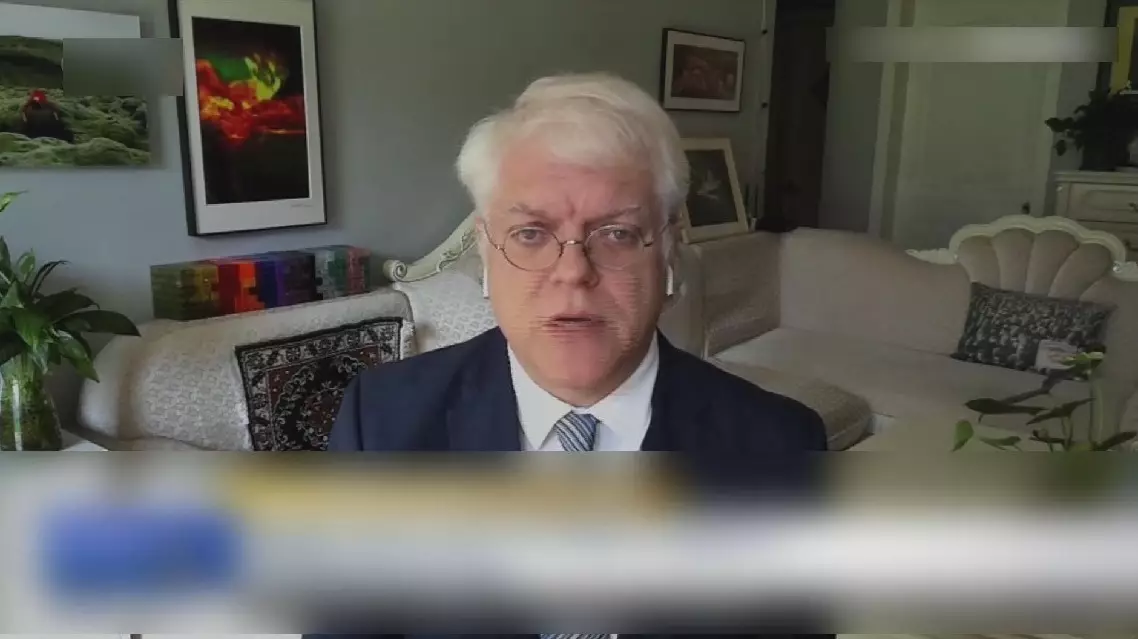
Harris's running mate pick aims to bolster Democratic base: expert


